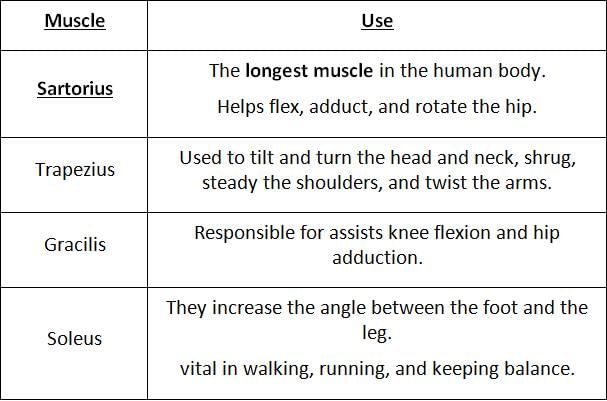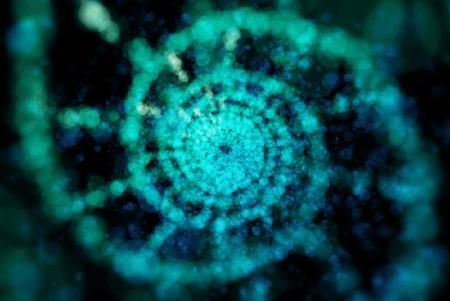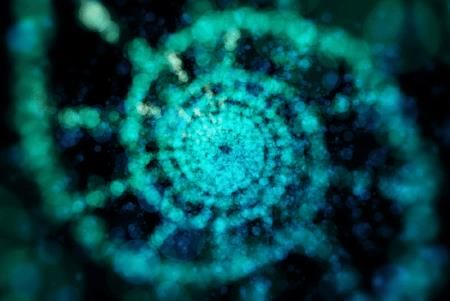NDA General Ability Mock Test - 6 - NDA MCQ
30 Questions MCQ Test NDA (National Defence Academy) Mock Test Series 2025 - NDA General Ability Mock Test - 6
She studied hard, ____ she was confident about the exam.
Directions : This question consists of a sentence, parts of which have been jumbled. These parts have been labelled as P, Q, R and S. Given below each sentence are four sequences, namely (a), (b), (c) and (d). You are required to re-arrange the jumbled parts of the sentence and mark your response accordingly.
constitutionally the(P)/ the nearly 3,000 member(Q)/ National People's Congress (NPC) is(R)/ highest state organ of power(S)
Directions: Each item in this section consists of a sentence with an underlined word followed by four words/groups of words. Select the option that is nearest in meaning to the underlined word and mark your response.
The manager's decision was prudent considering the circumstances.
Directions: Each item in this section consists of a sentence with an underlined word followed by four words. Select the option that is opposite in meaning to the underlined word and mark your response.
The CEO's announcement was met with jubilation.
Directions: In this section each item consists of six sentences of a passage. The first and sixth sentences are given in the beginning as S1 and S6. The middle four sentences in each have been jumbled up and labelled as P, Q, R and S. You are required to find the proper sequence of the four sentences and mark your response.
S1. The digital divide is a significant hurdle in the universal adoption of online education.
S6. Ultimately, tackling these issues is crucial for the achievement of inclusive online education.
P. This divide is more pronounced in rural areas, where technology infrastructure is often lacking.
Q. Coupled with socioeconomic disparities, this divide makes access to online education uneven.
R. For many, even basic internet access is a challenge, exacerbating educational inequities.
S. Solutions include investing in infrastructure and providing affordable or free internet access to underserved communities.
Directions: In this section, each item consists of six sentences of a passage. The first and sixth sentences are given in the beginning as S1 and S6. The middle four sentences in each item have been jumbled up and labelled as P, Q, R, and S. You are required to find the proper sequence of the four sentences and mark your response accordingly on the Answer Sheet.
S1: The master always says, 'Refuse to be miserable'. S6: This is the art of right contact in life.
P: Before you fall into self-pity and blame games, remember that responsibility comes to only those who feel responsible.
Q: Challenges are faced by the strong and courageous, and if life brings you such opportunities, then turn failures into success.
R: Life can be painful, but it need not be sorrowful.
S: If you want to be happy, find occasions to be cheerful.
The correct sequence should be
Directions: Given below are pairs of sentences (S1, S2). Select the co-relationship of the second sentence to the first from among the options (a), (b), (c) and (d), and mark your response.
S1: The concept of Ahimsa was adopted by Gandhiji after he was introduced to it by Tolstoy. The latter first read about it in German translation of Thirukkural, the great moral treatise in Tamil.
S2: Much in the same way that Gandhi was influenced by Tolstoy, in the United States of America, Martin Luther King Jr. shaped his Civil Rights Movement based on Gandhian principles.
The second sentence
Directions: In the following items, there are two sentences S1 and S2, based on commonly used word(s), which are underlined. Read the two sentences carefully and mark the response that denotes the correct use of these words in each of the two sentences and mark your response.
S1: The matter was resolved amicably between the group even though there were so many of them.
S2: Among them the two never have problems sharing what they have.
The test was difficult, ____ she passed with ease.
Which one of the following countries of Central Asia does not open out to the Caspian Sea ?
What is a significant feature of India's first EMI-based credit card launched by BharatPe?
Identify the type of drainage pattern on the basis of the given characteristics:
1. It represents the most common pattern of streams and their tributaries
2. It occurs in areas of uniform rock type and regular slope
3. A map, or aerial photograph, shows a pattern like the veins on a leaf- smaller streams join the main stream at an acute angle
Select the correct answer.
The rate of flow of an electric charge is known as :
What is the significance of hazard zonation mapping in disaster management?
Which of the following statements with regard to Bharat Ratna Award is/are correct?
1. It was instituted in the year 1972.
2. The award does not carry any monetary grant.
Select the correct answer using the code given below.
According to B. R. Ambedkar, which one among the following Articles is the 'heart and soul' of the Constitution of India?
What was the significance of the Salt March in 1930?
With respect to the Cricket pitches, consider the following statements :
1. Red soil pitches generally support spin bowling and easily deteriorate due to more wear and tear of the pitch.
2. Black soil has more elasticity, so it lasts for a longer time and supports fast bowling due to more bounce.
3. This is because red soil has less clay, and black soil has more clay.
Which of the above statements is/are correct ?
When the barometer reading dips suddenly, it is an indication of –
In the context of polity, which one of the following would you accept as the most appropriate definition of equality?
Which of the following statements about Virashaivism is/are correct?
1. The Virashaivism traces its origin to the five great religious teachers- Renuka, Daruka, Ghantakarna, Dhenukarna and Vishvakarna.
2. The Virashaiva philosophy is called Shaktivishishtadvaita-the non-duality of God.
3. Ashtavarana are the eight rules of the Virashaivism to be observed by the followers.
Select the correct answer using the code given below.
With reference to India’s Five-Year Plans, which of the following statements is not correct?
The most important safety device method used for protecting electrical appliances from short circuiting or overloading is :
Luni River, which originates in the Pushkar Valley of Aravalli range ends in which among the following?
Consider the following statements :
1. The westernmost point of India is located in the Jamnagar district of Gujarat.
2. The actual distance of north-south (latitudinal) extent of India is greater than its east-west (longitudinal) extent.
Which of the statements given above is/are correct?
All elements of an electric circuit are connected in series except :
The transfer of heat from a higher temperature to a lower temperature occurs due to the actual mass movement of the molecules:
What is the significance of the Sundarbans expanding to become India's second-largest tiger reserve?
|
2 docs|101 tests
|

















